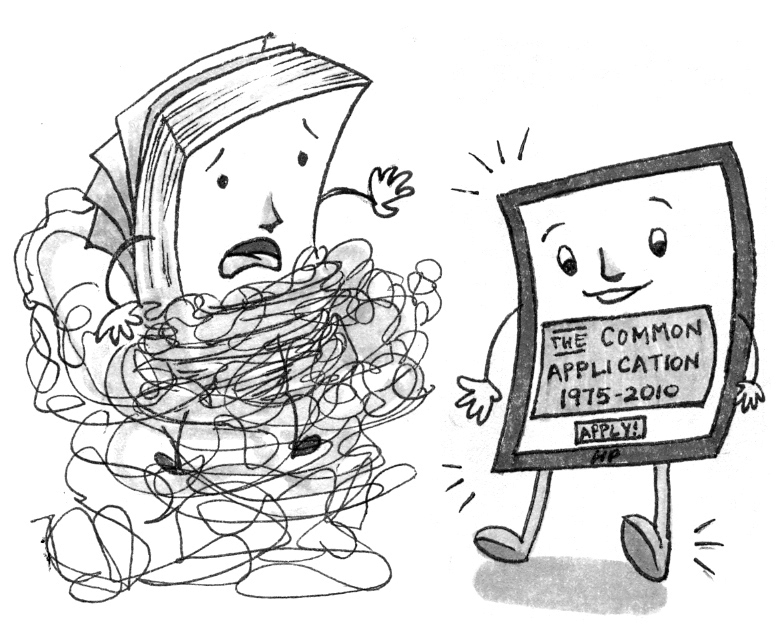
Common Application: Philanthropy and Increasing Accessibility
What would it be like if foundations didn’t have to be catered to by nonprofits vying for funding for their mission-driven work?
Having been a student and researcher for most of my life, in addition to working for several nonprofits, I have done–and will continue to do–many types of applications. While doing certain applications for research grants and specialized scholarships required intense reflection, most applications for grants, scholarships, and higher education alike required the same type of information: purpose & motivation, personal history, transcript, financial need, etc. As a result, you can imagine I am a fan of the common application.
It seems to me that foundations should have a common application for accepting grantee proposals. Many foundations likely need similar information from all their grantees and this could seriously streamline work for both grantmakers and grant-receivers.
What about foundation-specific information?
It turns out the common application used by colleges has a pretty good system. If the common application does not cover all the information you want from a student, you can request that the student to respond to supplemental questions, which means they don’t have to do a completely different application–they just write a bit more for certain institutions. I believe this same logic can be applied to a foundation common application. If there are foundation-specific or field-specific questions certain nonprofits need to respond to, these could be added as supplemental questions that only require responses if applicable.
Is this ground-breaking?
No. The idea of foundations having a common grant app has been something folks in philanthropy have been talking about for years. There is a cohort of foundations that accept a common grant application. Any organization or industry that cares about human-centered design understands the value of the common application. What would be groundbreaking about a common grant app is not whether it makes sense, we know it does, it’s having foundations actually accept it as a philanthropic standard. Making the work less tedious and cumbersome for nonprofits (grant-seekers) is a new perspective within the habits of philanthropic organizations. It is putting theory into practice and making grant-making more equitable.
Can this actually happen?
I hope so. The fact that some organizations are already on board with the common grant app is a start. We at TWI would love to be a part of a move towards collaboration in this way, and we hope that our colleagues will at least reflect on how to make their grantmaking processes more accessible for nonprofits and other grant-seekers.
If philanthropy is truly about reversing inequality, we believe funders need to consider the time and relative complexity of the avenues value-driven organizations use to get funding. Changing the way foundations give grants is a great way to shift the power dynamics in the world, which have already created so many inequalities these nonprofits–applying for grants–are trying to remedy.
To see if your grantmaking is aligned with TWI’s trust-based, equitable principles take our survey. And for tips on building trust, thinking of your grantees as partners, and funding equitably read this and this.